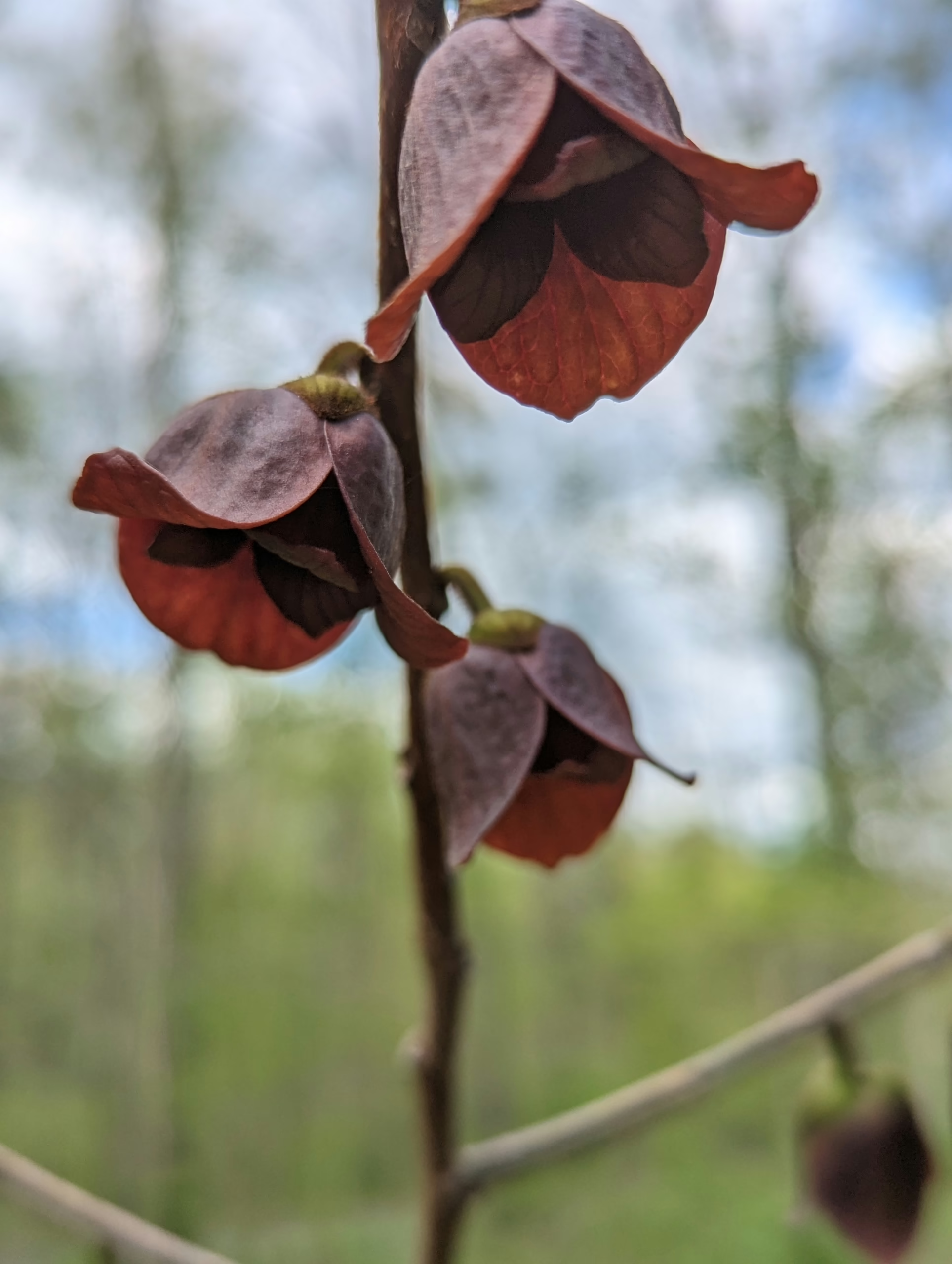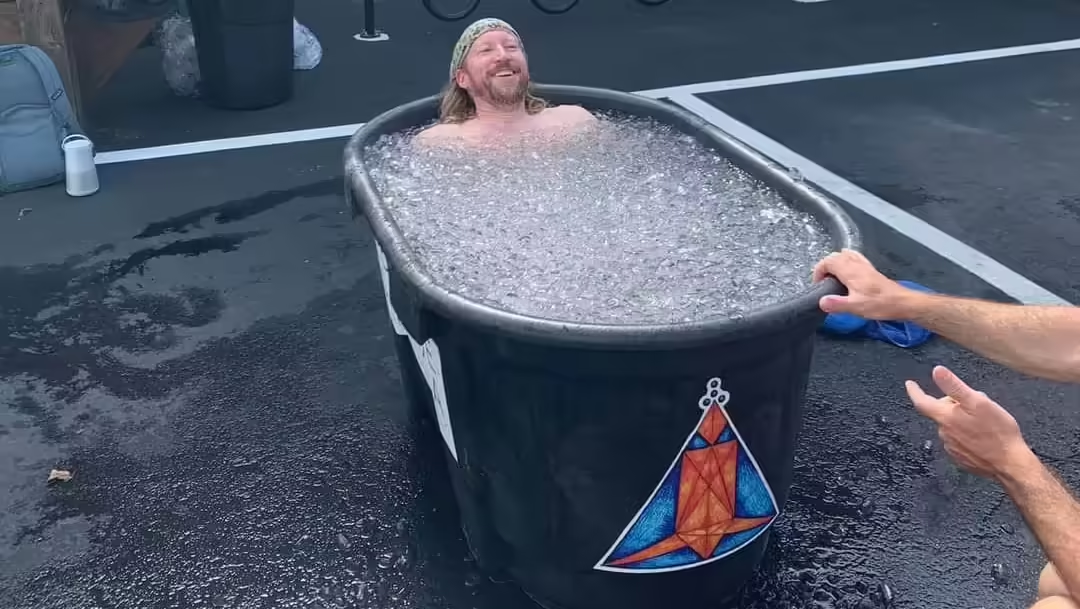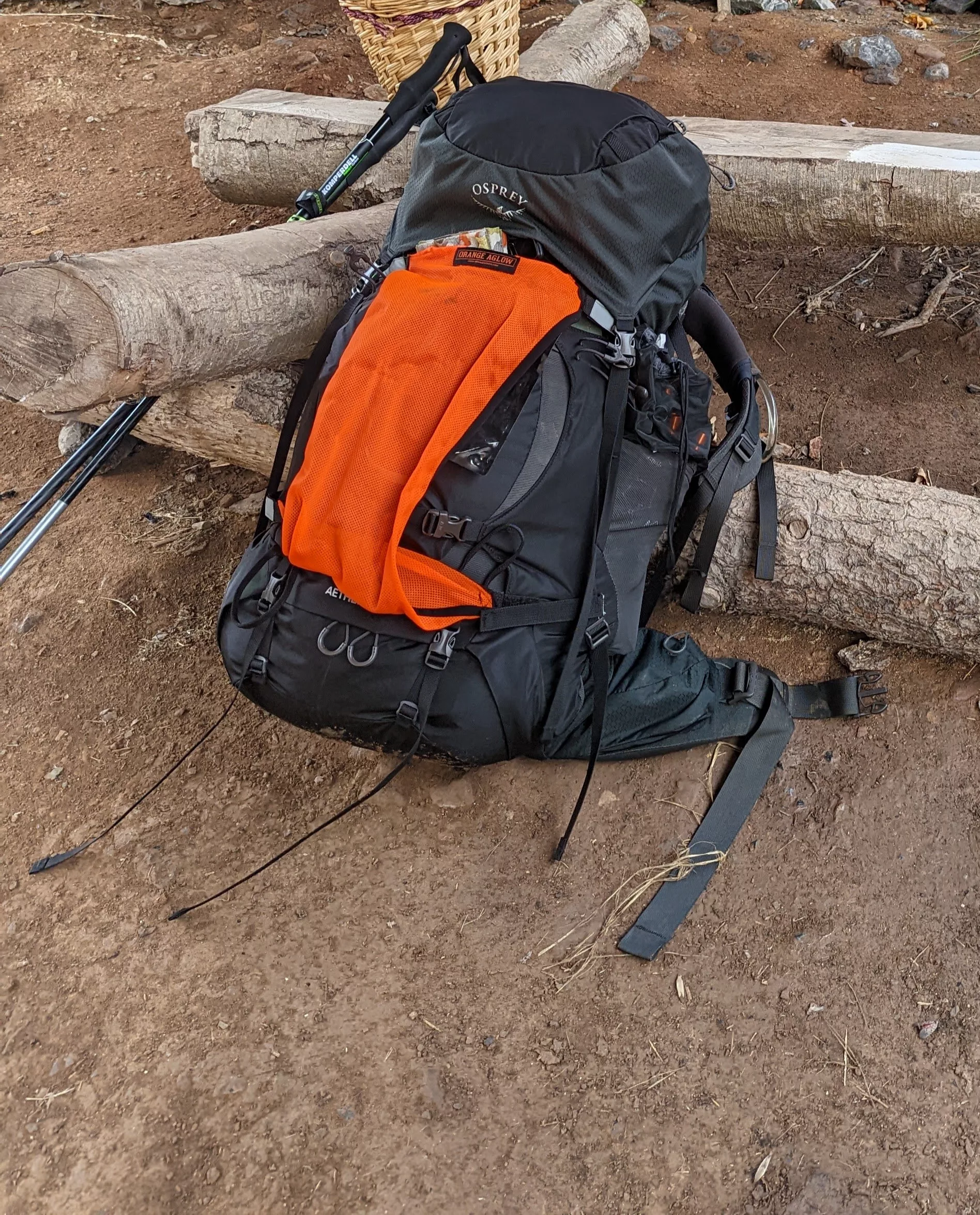As I wander through the lush forests and verdant valleys of northeastern America, I am often struck by the unassuming beauty of the paw paw tree (Asimina triloba). With its broad, drooping leaves and clusters of maroon flowers, this native species is often overlooked, yet it holds a profound significance in the history and culture of the United States. I aim to rekindle the appreciation for this forgotten fruit and explore why the paw paw tree is an integral part of our heritage.
The Paw Paw Tree?
The paw paw is a fruit bearing tree native to eastern North America. It is a member of the same flowering plant family that includes ‘soursops’. Paw Paw leaves and fruit are decidedly tropical in appearance. Due to this, the tree looks out of place in the understory of the forests where it is found. Paw Paws are the largest tree fruit native to the United States. The fruit has a soft, custard-like texture with a sweet, slightly tangy flavor.
Historical and Cultural Significance
The paw paw tree has been a silent witness to the unfolding of American history. Native American tribes prized the tree for its nutritious fruit, which was a staple in their diet. The tree was also revered for its medicinal properties. Early European settlers adopted the paw paw from the indigenous populations, incorporating it into their own cuisine and traditions.
The paw paw tree has connections to some of America’s most influential figures. Thomas Jefferson, the third President of the United States, was known to have cultivated paw paw trees at Monticello, his beloved estate in Virginia. The tree’s presence in Jefferson’s gardens underscores its importance in the early American landscape. Moreover, the famous explorers Lewis and Clark encountered the paw paw during their historic journey across the continent, documenting its existence and touting its value as a food source.
Ecological Importance
Beyond its historical significance, the paw paw tree is also an ecological treasure. The tree’s broad leaves provide shade, creating a microclimate that supports a diverse range of plant and animal species. The fruit is an essential food source for various wildlife. By preserving and promoting the paw paw tree, we can help maintain the rich biodiversity of these ecosystems.
Food Source
The paw paw fruit (and ecosystem created by the tree) provides a food source for several types of wildlife, including:
- Mammals: Raccoons, opossums, foxes, and other mammals feed on the fruit, helping to disperse seeds and propagate new paw paw trees.
- Birds: Many bird species, such as the yellow-billed cuckoo and the tufted titmouse, consume the fruit, while others, like the wood thrush, eat the insects that inhabit the tree.
- Insects: The paw paw tree is a host plant for several insect species, including the zebra swallowtail butterfly, whose caterpillars feed exclusively on paw paw leaves.
Ecosystem Engineering
Paw paw trees contribute to the structure and diversity of their ecosystems through:
- Shade provision: The tree’s broad leaves create a shaded understory, which supports a range of shade-tolerant plant species and provides habitat for various animals.
- Soil stabilization: Paw paw trees have a deep root system, which helps to stabilize the soil and prevent erosion.
- Resiliency: Paw paw trees have very few insect pests and diseases. Due to substances in the leaves and bark, deer avoid them. This makes them an ideal tree in cases where local conditions may make other trees poor choices.
Modern-Day Revival
In recent years, there has been a resurgence of interest in the paw paw tree, driven by the growing demand for locally sourced and sustainable food options. Chefs, food enthusiasts, and environmentalists are rediscovering the tree’s culinary and ecological significance. Due to this, people are investigating ways to promote its cultivation and conservation.
Culinary Significance
The paw paw fruit is a gastronomic delight, with a flavor profile that is often described as a combination of banana, mango, and pineapple. The fruit’s creamy texture and sweet taste make it a versatile ingredient, suitable for a range of culinary applications. Paw paw can be enjoyed raw, used in baked goods, or as a topping for yogurt or oatmeal. It’s also a popular ingredient in smoothies, ice cream, and desserts. The paw paw is also the only fruit that contains all of the essential amino acids.
Despite its borderline ‘delicacy’ status, the paw paw fruit is notoriously difficult to enjoy outside of foraging for it in nature. This is due to several factors that affect its cultivation, harvesting, and distribution. Here are some challenges that make enjoying a paw paw in our modern culture difficult:
- Perishability: Paw paw fruit is highly perishable, with a short shelf life of typically 3-5 days after ripening. This makes it challenging to transport and store the fruit without significant spoilage.
- Fragility: Paw paws are easily bruised and damaged during handling, which can lead to spoilage and reduced quality. In addition to this, the paw paw will not ripen after it is picked from the tree. The best tasting fruit can usually be found immediately after it falls from the tree.
- Cultivation challenges: Paw paw trees are not as widely cultivated as other fruit trees, partly due to the difficulties in propagating and growing them on a commercial scale. Paw paw trees have specific requirements, such as shade, moist soils, and a narrow temperature range. In addition to this, they are unable to self-pollinate.
Growing Paw Paw Trees
On a small scale though, paw paw trees are relatively easy to cultivate. The trees prefer well-drained soil and partial shade, making them suitable for woodland gardens or permaculture designs. Paw Paw will send up clonal shoots near them, but this will ultimately lead to a lack of fruit due to the lack of genetic diversity. To get the best fruit, you need transplant plants from different locations. The clonal nature of these trees sometimes make this difficult because you miss the developed root structure. It’s often best to propagate via seed or grafting. Propagation via seed requires an extensive period of cold stratification.
The paw paw tree is a testament to the complex and multifaceted history of America. Its significance extends far beyond its role as a food source, speaking to the intricate relationships between the land, the indigenous populations, and the early European settlers. So, the next time you find yourself wandering through the eastern North American wilderness, take a moment to seek out and appreciate this unassuming yet extraordinary tree – and, if you’re lucky, savor the sweet taste of its forgotten fruit!



